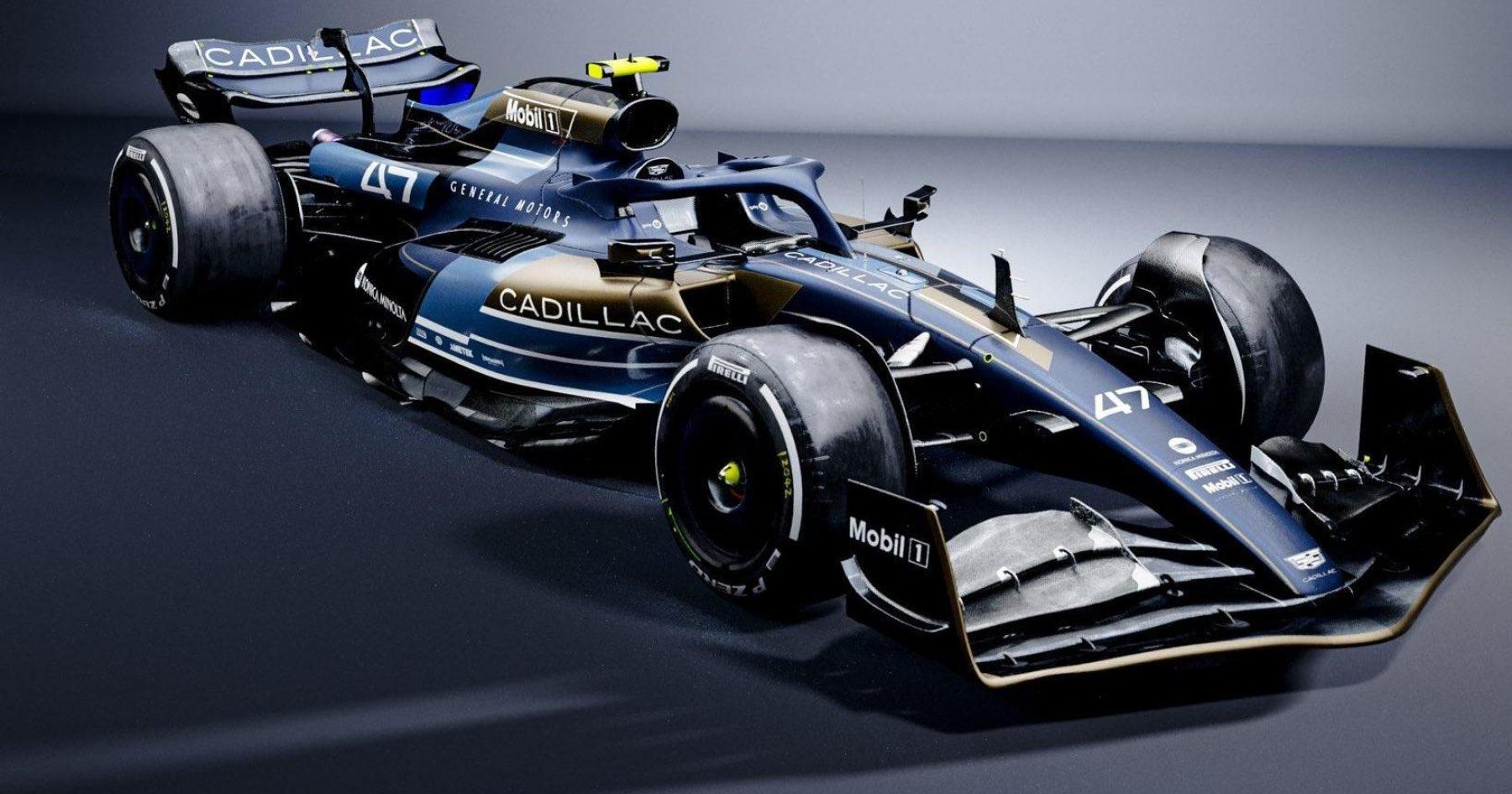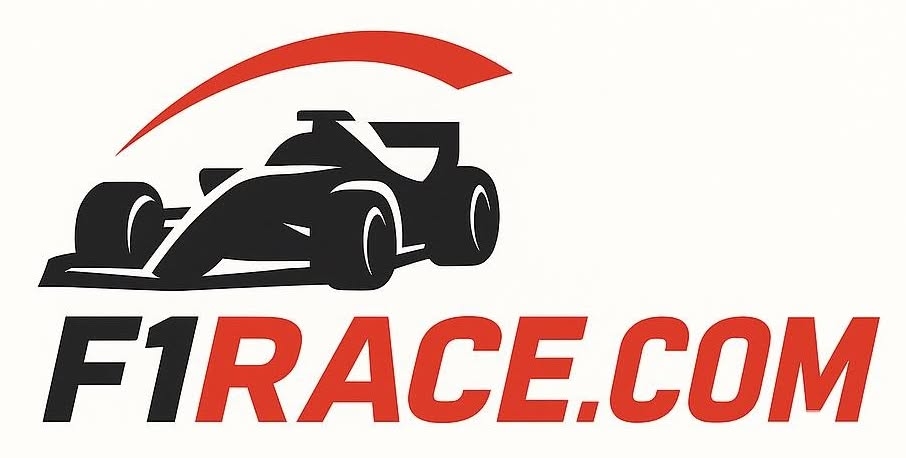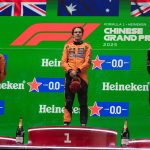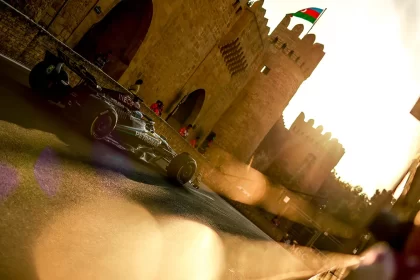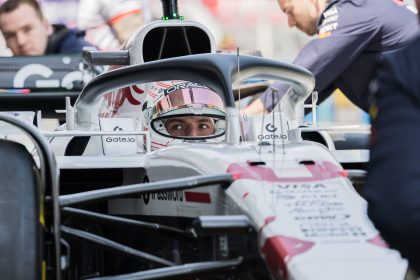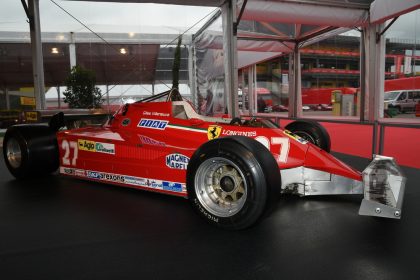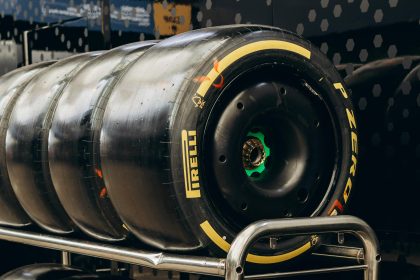Cadillac, Upgrades, and the Human Heart: The Real Stories Behind F1’s Latest News
If you’ve ever wondered what Formula 1 would look like if you threw a Detroit muscle car into a Monaco casino, you’re about to find out. The news cycle this week is a heady cocktail of American ambition, technical stagnation at the sharp end, and the ever-present, ever-human drama of the paddock. The sport is buzzing with the kind of anticipation that only comes when history threatens to repeat itself—or, if we’re lucky, to rhyme.
The Cadillac Gambit: America’s Latest F1 Dream
Let’s start with the headline that has everyone from Monaco to Milwaukee talking: Cadillac is officially preparing for its 2026 Formula 1 entry, and the driver market is in a frenzy. The American squad, with its iconic badge and General Motors muscle, has been inundated with calls from drivers and managers enquiring about a job, according to Formula1.com. At one point, their long-list ran to 15 names. If you think that’s excessive, you’ve clearly never seen a Formula 1 driver negotiate a contract.
The arrival of Cadillac is more than just another team on the grid. It’s the latest chapter in a long, occasionally tragicomic saga of American teams in F1. From Dan Gurney’s Eagle—winner of the 1967 Belgian Grand Prix and still the only American constructor to win a World Championship race—to the more recent, if less glorious, efforts of Haas, the American dream in F1 has always been a tantalizing, elusive thing.
Opportunities to get a seat in Formula 1 are few and far between – but the probability of getting one has increased slightly for 2026 as there’s an extra two spots next year courtesy of Cadillac’s arrival in the sport.
Formula1.com
But let’s not get carried away. For every Eagle or Penske, there’s a US F1 Team that never made the grid, or a Team Haas (Lola) that left with little more than a Beatrice Foods logo and a bruised ego. The Cadillac project, then, is both a promise and a warning: in F1, history is a stern teacher.
Driver Market Madness: The Musical Chairs Begin
With Cadillac’s entry, the driver market has become a game of musical chairs played at 300 km/h. The team’s shortlist is a who’s who of hopefuls, veterans, and the occasional wild card. Valtteri Bottas, for instance, is reportedly in talks with Cadillac, Alpine, and more, as he eyes a return to a full-time seat after a stint as Mercedes’ reserve.
This isn’t the first time a new team has thrown the market into chaos. Remember Mercedes’ return in 2010, when Michael Schumacher came out of retirement and the entire grid seemed to shift overnight? Or the 2010 influx of Virgin, HRT, and Lotus, which created opportunities for rookies and journeymen alike—though most of those teams disappeared faster than a Williams in Q1.
BEYOND THE GRID: Valtteri Bottas on his break from racing, pushing for an F1 return and talks with Cadillac, Alpine and more.
Formula1.com
The lesson is clear: when a new team arrives, fortunes can change in an instant. Sometimes, as with Jenson Button at Brawn GP, it leads to a fairytale. Other times, it’s a cautionary tale written in carbon fiber and dashed hopes.
Red Bull’s Upgrade Drought: When the Magic Runs Dry
Meanwhile, at the sharp end of the grid, the reigning champions are facing a different kind of crisis. Red Bull has revealed that only “minor tweaks” are expected to the RB21 from now until the end of the season. Max Verstappen, usually the man with a plan (and a car to match), is now hoping to overhaul the McLarens in the championship with little more than duct tape and optimism.
You can watch the full breakdown here: BAD NEWS for Max Verstappen! (No Upgrades ) – YouTube
Historically, Red Bull has responded to technical stagnation with a mix of aggressive development and strategic resource allocation. In 2020, for example, they introduced significant aerodynamic upgrades mid-season to close the gap to Mercedes. Sometimes it worked—sometimes, as in 2014, it didn’t. The lesson? In F1, standing still is the same as going backwards.
Red Bull reveal only minor tweaks are expected to the RB21 from now until the end of the season, as Max Verstappen is hoping to overhaul the McLarens in the championship.
TacticalRab, YouTube
If you’re a Verstappen fan, you might want to start lighting candles. If you’re McLaren, you’re probably wondering if this is finally your year—or if Red Bull is just playing possum.
Pierre Gasly: The Human Side of the Paddock
Amidst the technical arms race and boardroom intrigue, it’s easy to forget that Formula 1 is, at its core, a human drama. Enter Pierre Gasly, who this week gave a candid interview about his journey from karting in Normandy to the Alpine garage.
Gasly’s story is one of rise, fall, and redemption. After a promising debut with Toro Rosso, he was promoted to Red Bull in 2019—only to be demoted mid-season after struggling to match Verstappen. Lesser drivers might have folded. Gasly responded with a podium in Brazil and, in 2020, a stunning victory at Monza for AlphaTauri.
The speed made me love F1. The adrenaline. I still remember that feeling the first-ever time I jumped in a go-kart, I was six years old on a track back in Normandy near my home. If I close my eyes, even right now, I can just visualise exactly me leaving the pit lane for the first time, going down that straight, going through the grass, because it was the first-ever time, trying to find out my lines and stuff. I just remember that feeling of excitement, fear and adrenaline. It was like a cocktail of emotions.
Pierre Gasly, Formula1.com
Gasly’s friendship with Charles Leclerc, his admiration for Senna, and his resilience in the face of adversity remind us that, beneath the helmets and PR statements, these are young men chasing a dream—sometimes at great personal cost.
Read more about Gasly’s journey here: Growing up with Leclerc, Champions League dreams and Alesi’s advice – Getting to know the real Pierre Gasly
American Teams: A Brief History of Hope and Heartbreak
Cadillac’s entry is the latest in a long line of American efforts to conquer F1. The history is littered with ambition and, occasionally, glory. Dan Gurney’s Eagle won at Spa in 1967. Penske triumphed in Austria in 1976. Shadow, founded by Don Nichols, took a win in 1977. More recently, Haas has established itself as a stable—if not exactly front-running—presence.
But for every high, there have been lows. US F1 never made the grid. Team Haas (Lola) left with no points. Even the mighty Penske withdrew after just three seasons. The lesson? F1 is a cruel mistress, and American teams have learned that lesson the hard way.
The Numbers Game: When History Repeats (or Rhymes)
Let’s put Cadillac’s challenge in perspective. Here’s a quick look at the results of American teams in F1:
Team Team | Years Active Years Active | Wins Wins | Podiums Podiums | Best Constructors’ Finish Best Constructors’ Finish |
|---|---|---|---|---|
Eagle (AAR) Eagle (AAR) | 1966–1968 1966–1968 | 1 1 | 2 2 | N/A N/A |
Shadow Shadow | 1973–1980 1973–1980 | 1 1 | 7 7 | 8th (1975) 8th (1975) |
Penske Penske | 1974–1976 1974–1976 | 1 1 | 2 2 | 5th (1976) 5th (1976) |
Team Haas (Lola) Team Haas (Lola) | 1985–1986 1985–1986 | 0 0 | 0 0 | N/A N/A |
Haas F1 Team Haas F1 Team | 2016–present 2016–present | 0 0 | 0 0 | 5th (2018) 5th (2018) |
If Cadillac wants to break the cycle, they’ll need more than a big budget and a famous badge. They’ll need vision, patience, and a bit of luck—qualities that have always separated the contenders from the also-rans.
The Human Element: Why We Watch
In the end, Formula 1 is about more than lap times and wind tunnel data. It’s about the people—the drivers chasing glory, the engineers burning the midnight oil, the fans who live and die with every pit stop. It’s about moments like Gasly’s Monza win, or the sight of a new team rolling out of the garage, hope gleaming in their eyes.
As we look ahead to the rest of the 2025 season and beyond, remember: every headline is just the latest chapter in a story that began in 1950 and shows no sign of ending. Cadillac’s arrival, Red Bull’s struggles, Gasly’s resilience—they’re all part of the tapestry.
Let’s wait for the third race before calling anyone a legend.
Pedro Velazquez
Waste a bit more time
- Watch the full Red Bull technical update: BAD NEWS for Max Verstappen! (No Upgrades ) – YouTube
- Dive into the driver market chaos: Who’s on Cadillac’s driver shortlist as they prepare for 2026 F1 entry?
- Get to know Pierre Gasly: Growing up with Leclerc, Champions League dreams and Alesi’s advice – Getting to know the real Pierre Gasly
- For the latest F1 news, visit: Latest F1 News
